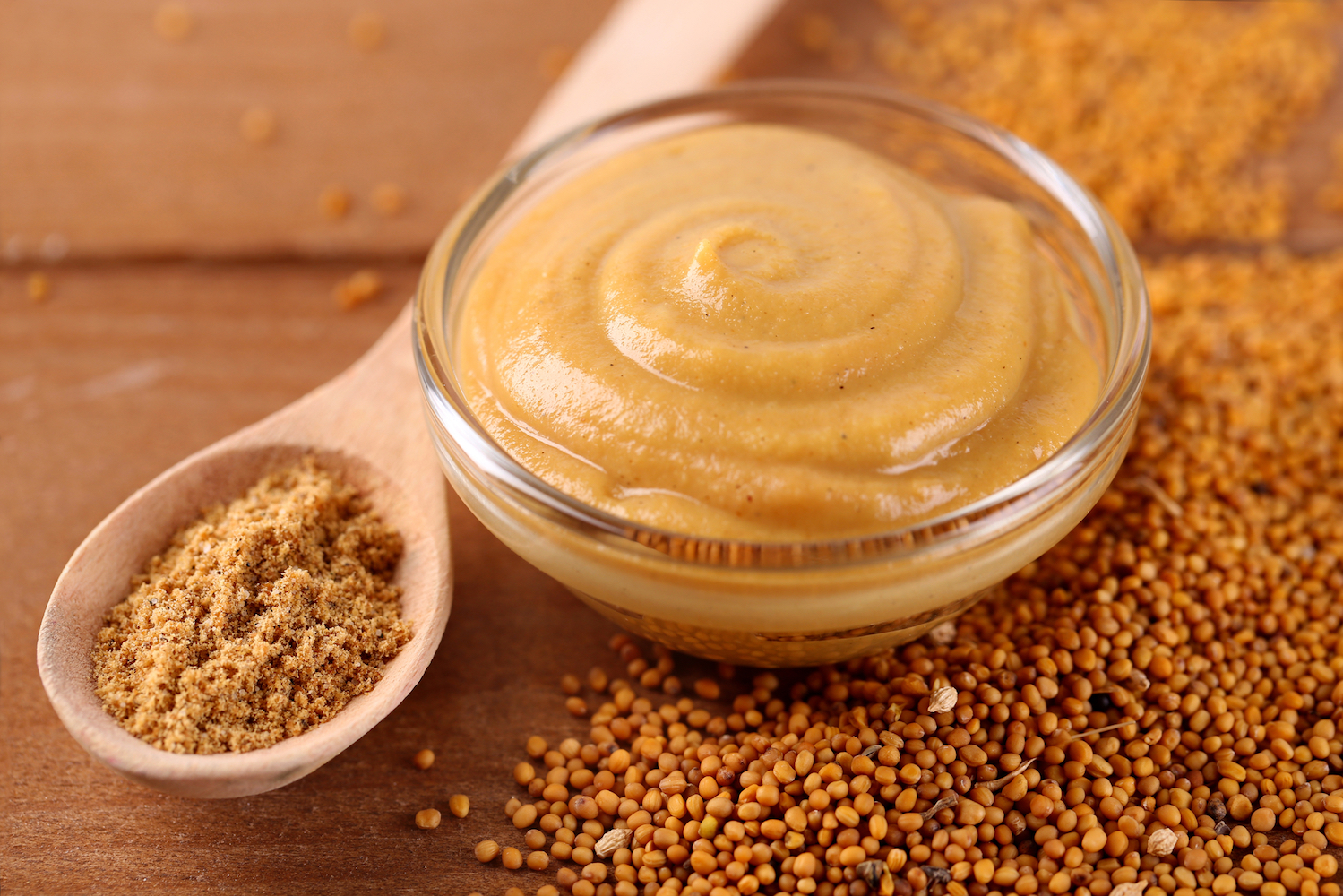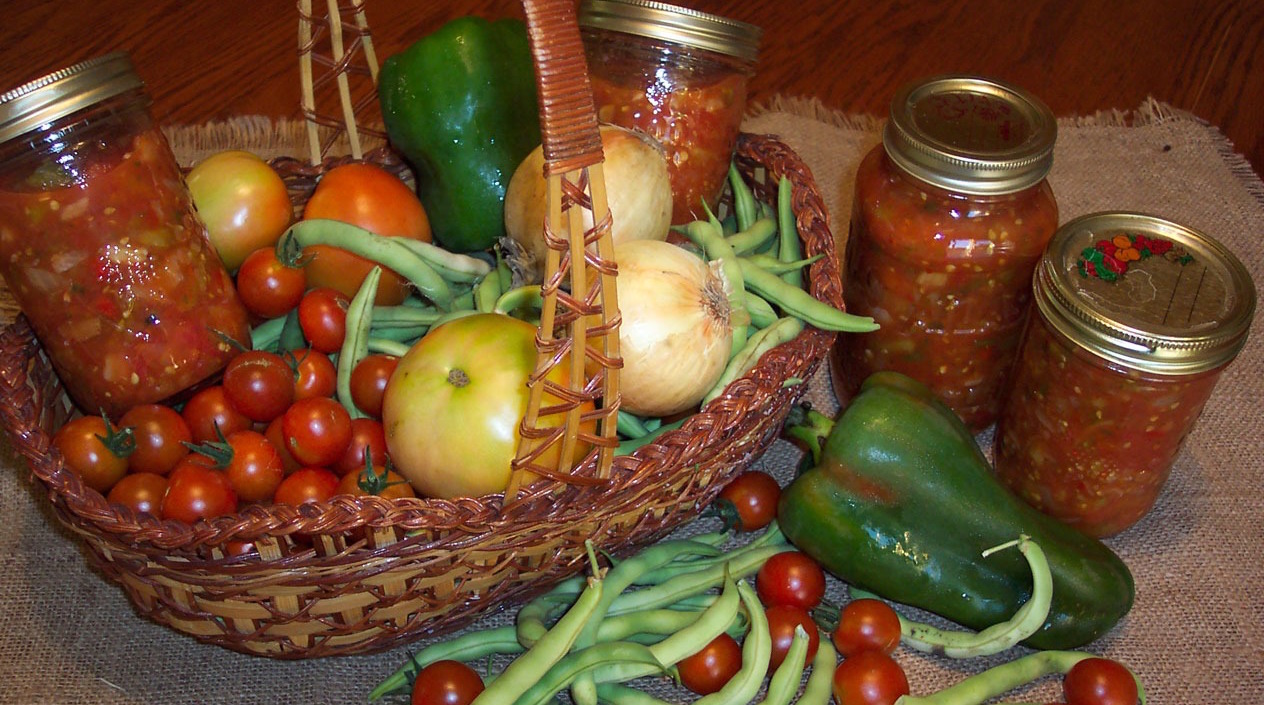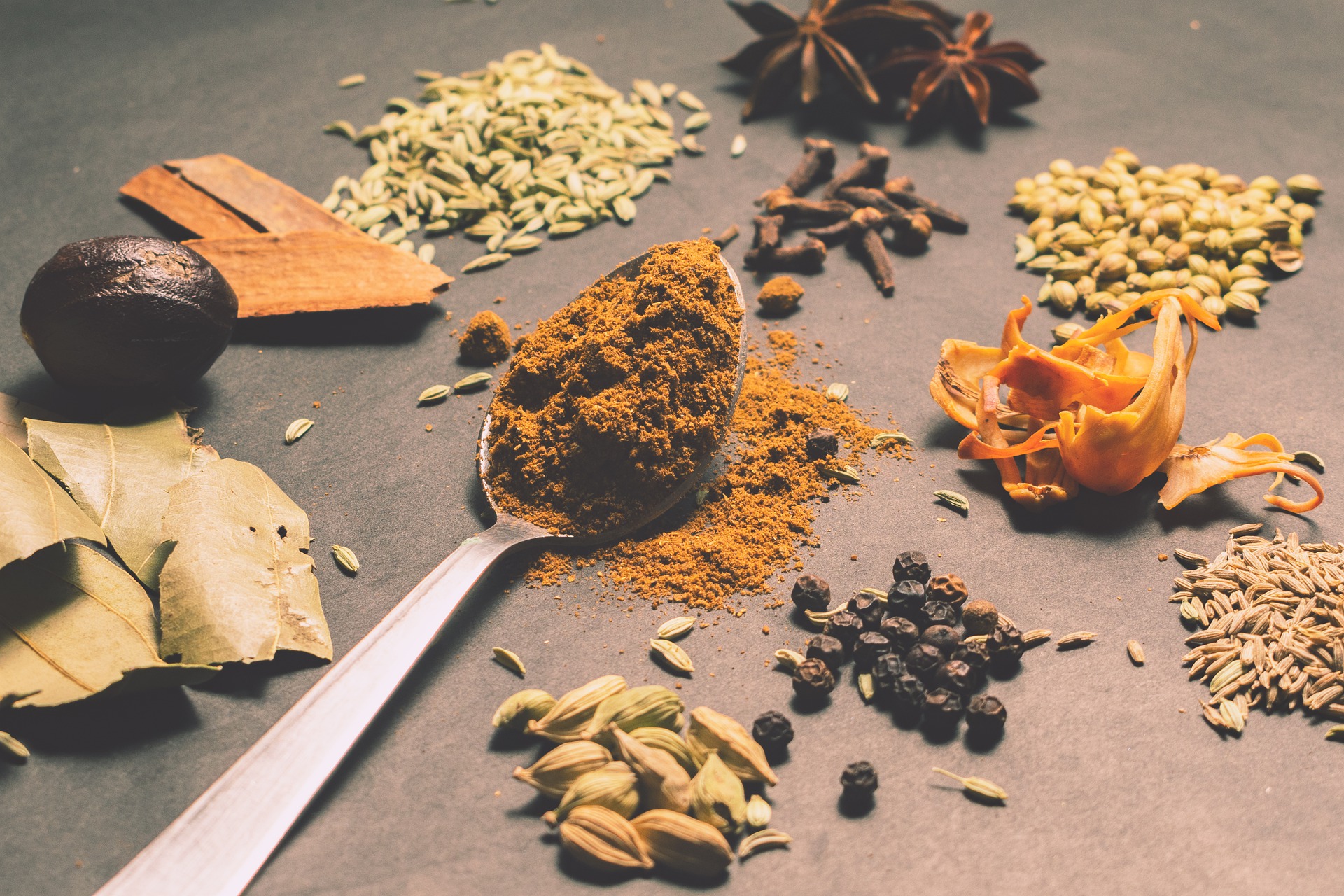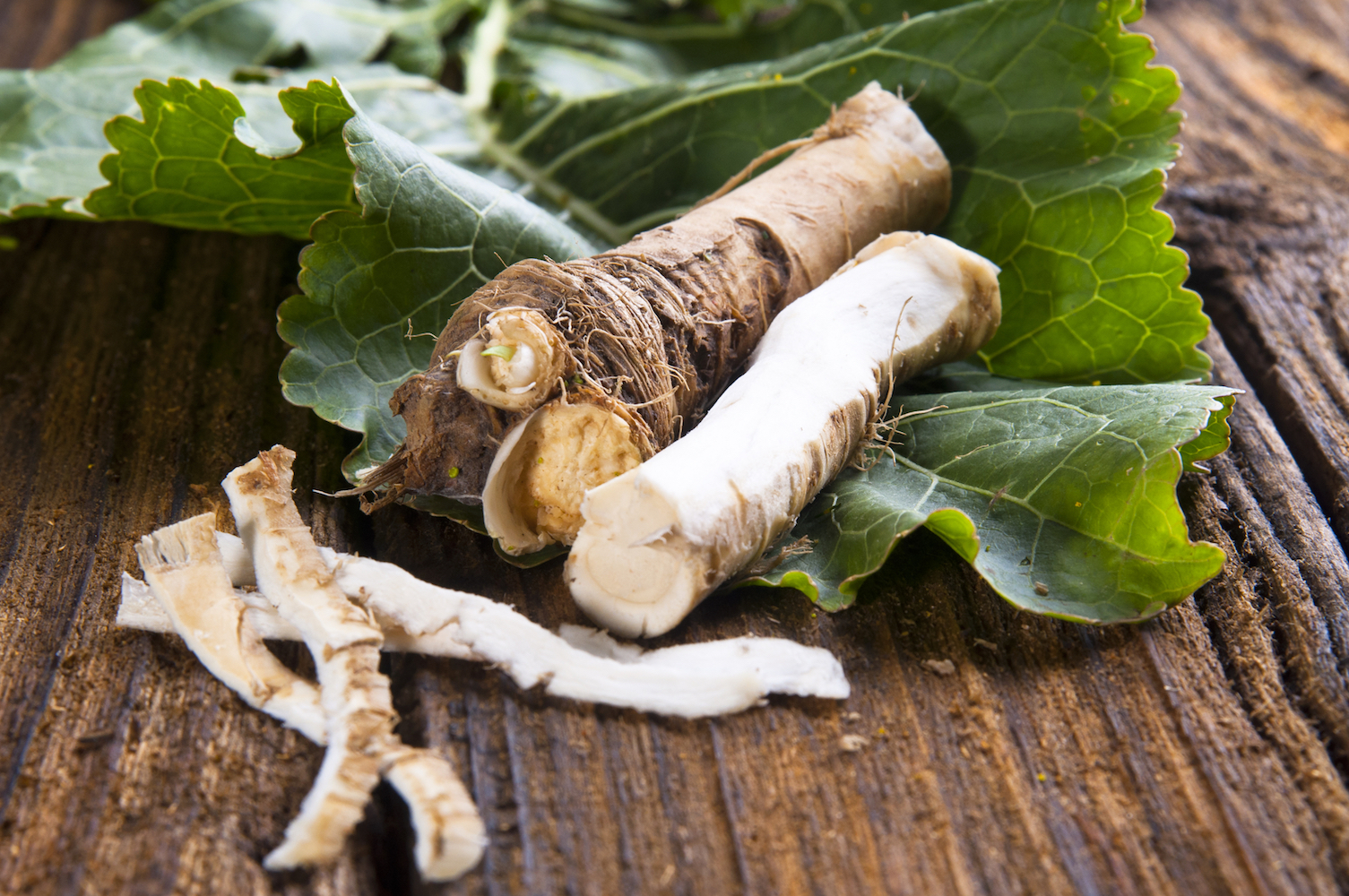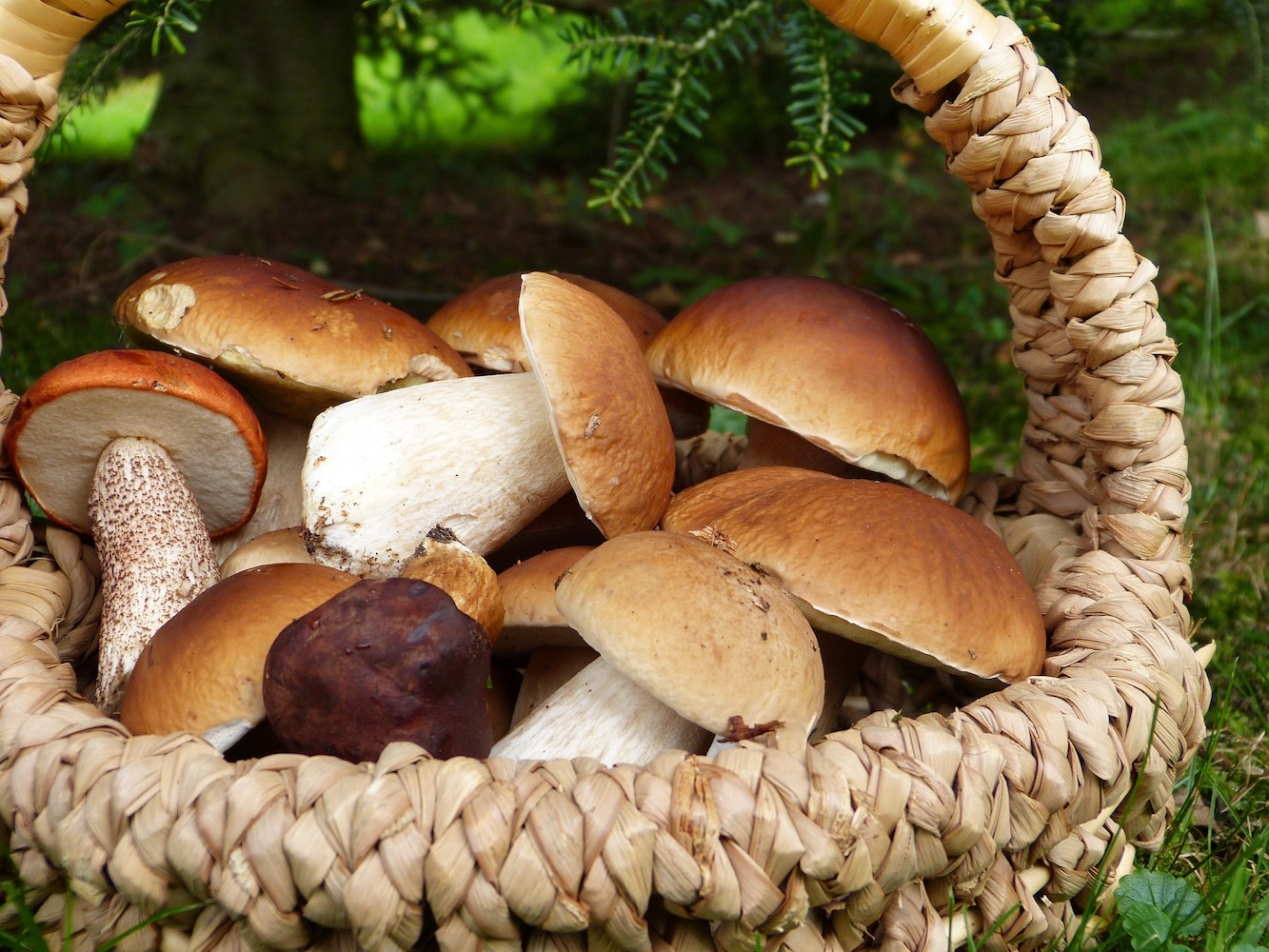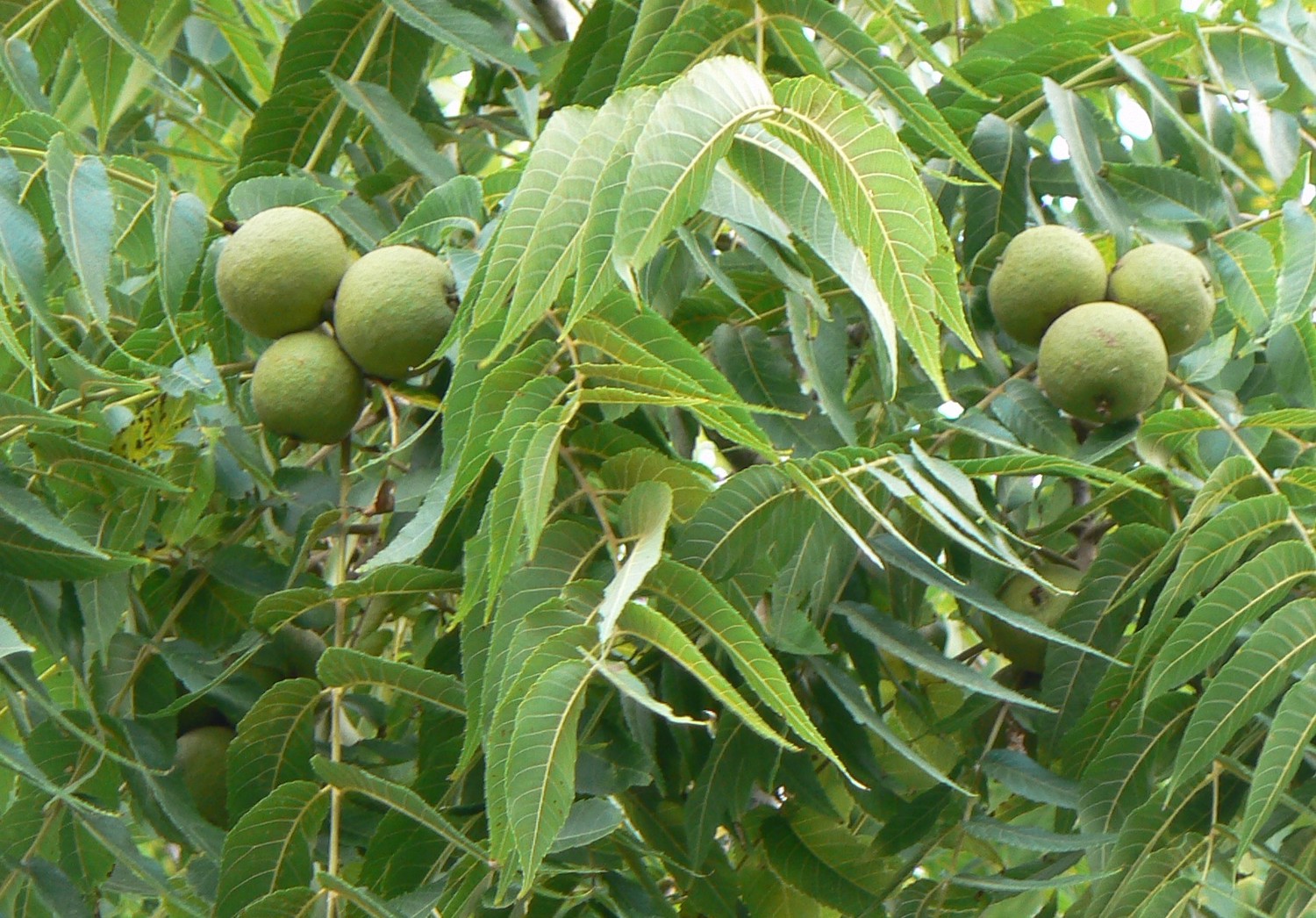How to Make Homemade Mustards
Mustard was a useful plant in the 1800s; the leaves, seeds and flowers are all edible. Although some grocers sold condiments, especially in the latter part of the century, it was easier and cheaper to make your own. Today mustard seeds are sold whole, ground, or bruised, and most are white, brown or black. INFORMATION BELOW FROM 1800s COOKBOOKS MUSTARDAs all these made mustards contain spices or herbs which lose much of their aroma by exposure to the air, they…
